5. Up (2009) – tie with Coco (2017)
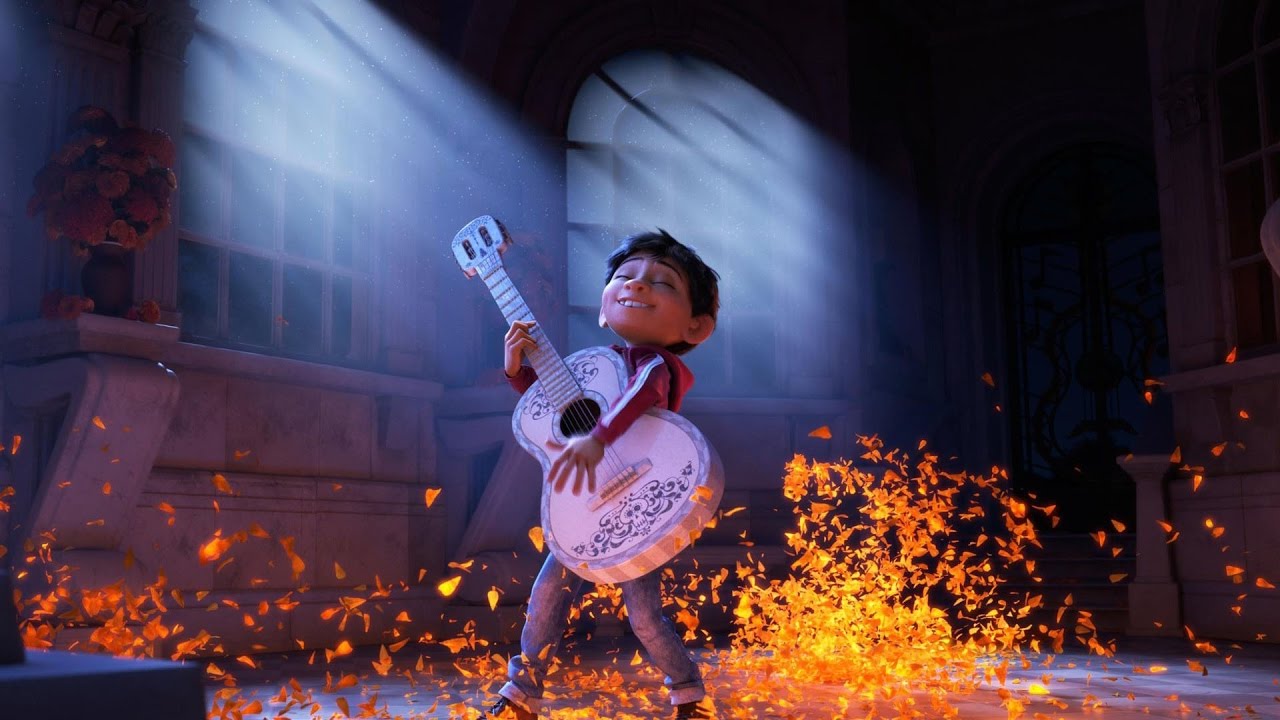
It seems like one of the main aims of every Pixar Animation Studios movie is to make audiences sob and sigh, and in some cases directly cause outbursts of uncontrollable tears. Some honorable examples of this fact would be that infamous goodbye scene from “Monsters, Inc.”, a certain character’s sacrifice in “Inside Out,” and also the ending to “Toy Story 3,” a scene so powerful and emotionally striking that it could have definitely made it into (and for some even topped) this list. There are two Pixar movies, by the way, that owe a good part of their whole appeal to the power of sadness, melancholia and regret, and that is the main reason why these two amazing cinematic achievements shine for the honest and bittersweet essence at their core.
Let’s start with what is probably the most well-known and plainly sad emotional scene to ever come out of a Pixar film. Only a few minutes into the movie, a flashbulb introduces us to the marriage between the wannabe adventurers Carl and Ellie, who are madly in love with each other and ready to finally experience their life together.
Accompanied by Michael Giacchino’s brilliant score, viewers are able to watch every happy and loving moment from the couple’s life, such as the work behind the construction of their home (a centerpiece of the whole film) and their everyday routine of tenderness and mutual care, while also witnessing a life-altering visit to the doctor in which Ellie discovers that she’s unable to have children.
But then life goes on, one problem after another is solved with the little money comin’ through until he’s finally able to book two plane tickets for their dream adventure destination, something that united them as children. Until… Ellie dies of old age, leaving Carl to live the rest of his existence alone in a wooden house full of memories and surrounded by a city of ever-growing skyscrapers and grey parking lots.
Working as the main character’s motivation and call to the adventure, Ellie constantly returns through the movie both in pictures and memories, working up to the big moment in which Carl finally finds his wife’s photo album of memories discovering that the adventure he had promised her was their everyday life itself, and the quote reported above brings a tender, unforgettable smile to Carl’s moved face. Now excuse me, I’m gonna go cry for a few minutes and be right back.
Another emotional Pixar moment came in 2017 with “Coco,” following young Miguel (a musician in a family where music is prohibited without any apparent reason) in his quest for a relative with a taste for music through the world of the Mexican afterlife, literally filled with walking and dancing skeletons.
Describing death as the beginning of a new and even brighter life in which families are reunited with their loved ones who passed away, “Coco” delivers a not-so-unpredictable twist, revealing Miguel’s new friend Hector to be his long lost musician relative.
The seriously moving part comes shortly after, when the deceased man finally remembers his own death by the end of his business partner and Mexican idol Ernesto de la Cruz, and we see Hector leaving his only newborn daughter (the titular Coco) with a beautiful, sad song about the importance of memory and forgiveness before setting off to die and never return again.
As if it weren’t enough for our aching hearts, after Miguel finally returns to the land of the living he rushes to sing Hector’s song to Coco, making her remember her lost father before peacefully passing away, ready to embrace him for the first time in the afterlife.
4. Blue Valentine (2010)
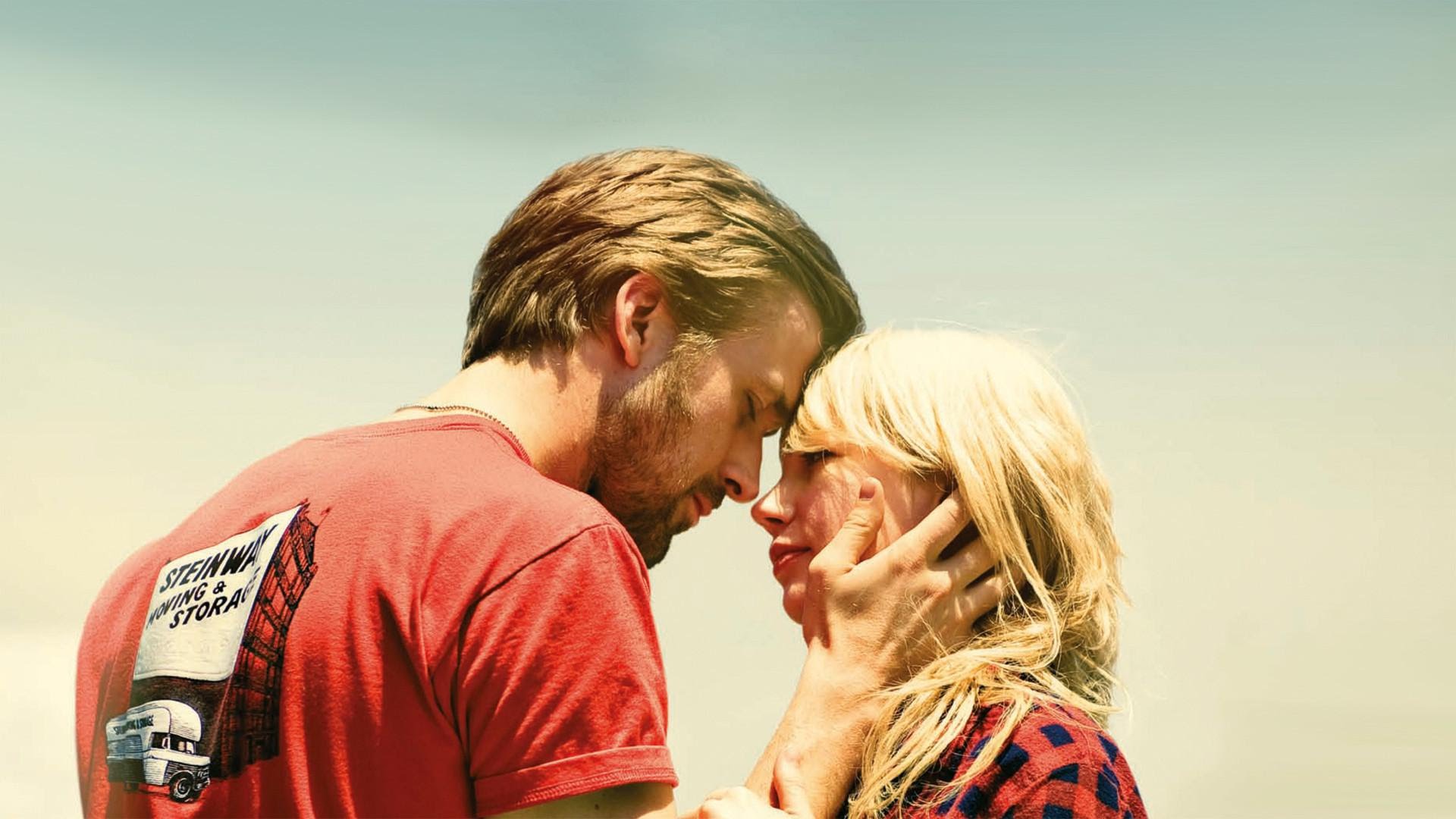
If you’re looking for the ultimate heartbreaking movie on failed marriage and the end of love, look no further, ladies and gentlemen, because you’ve found it. Derek Cianfrance’s most brutal film to date, “Blue Valentine” is a solid, shockingly realistic and truly shattering movie that will succeed in killing off every last bit of romance residing in your heart and soul for the day.
The story follows Dean (Ryan Gosling) and Cindy (Michelle Williams), focusing on the decay of their bond, as Cindy slowly realizes she’s simply not in love with Dean anymore, and he’s left stranded making desperate and pointless attempts to talk his wife into making things work out against her will.
In addition to this, the two have a young daughter, Frankie (Faith Wladyka), who as it always happens in life will be the one who’ll suffer the most from their breakup. While this catastrophe unravels, intertwined flashbacks show us how the two met and fell in love years before, making every scene that follows all the more gut-wrenching.
3. The Pianist (2002)
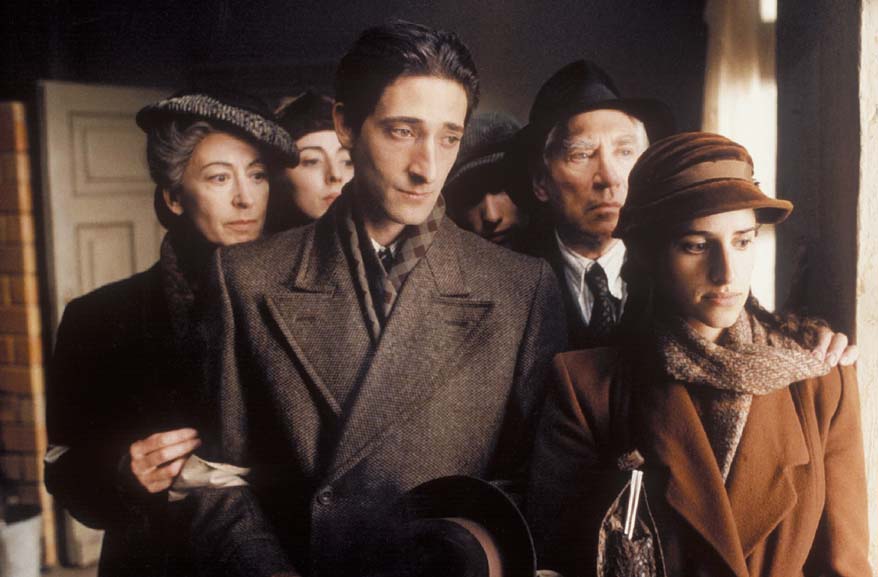
The only movie on this list to confront the horrors of war, “The Pianist” is one of the finest works by director Roman Polanski and also a masterpiece of filmmaking. Born in France to Polish-Jewish parents and himself a survivor of the Holocaust, Polanski chose to adapt Władysław Szpilman’s autobiographical book “The Pianist” in 2002, casting Adrien Brody in the lead role and retelling some of his own past experiences in war-torn Poland as a young boy in the process.
September 1939: Nazi Germany invades Poland and bombs the city of Warsaw, plunging its citizens into the chaos of a world war that’s just begun. Szpilman is a talented and well-known pianist, forced to join other Jews in the Warsaw Ghetto along with his own whole family. Soon the already harsh situations turn desperate, plunging the city and its inhabitants into a deep state of despair and paranoia that slowly becomes the everyday life under the ruling power of the Nazi regime.
Sent to the concentration camp of Treblinka with his relatives, Szpilman was the only one to make it back to the city, spending years in different hideouts in Warsaw while trying to survive the many uprisings and rallies shaking the city while in increasingly more devastating and desperate physical conditions, only to be discovered and helped by Wehrmacht officer Wilm Hosenfeld until the Red Army won over the city, taking Hosenfeld prisoner in the process. Finally set free, Szpilman is unable to retrieve his savior, who, as a written epilogue informs us, will die seven years later in Soviet captivity.
2. Dancer in the Dark (2000)
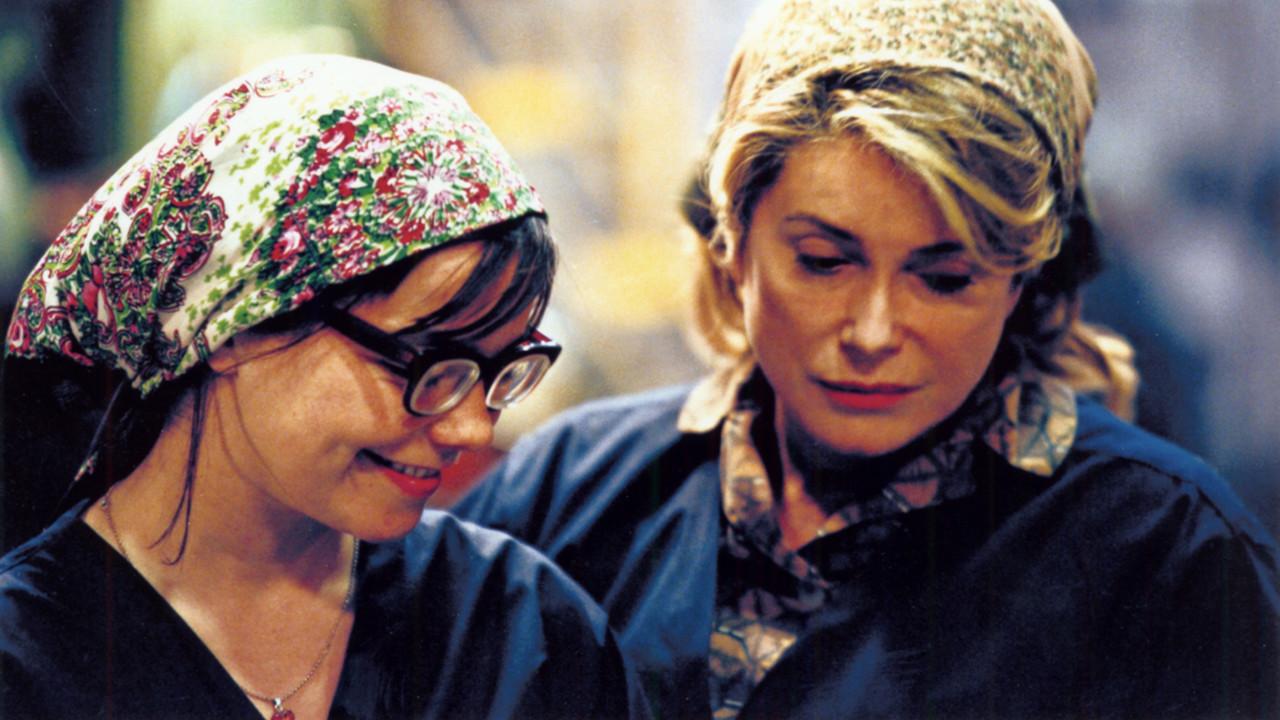
The third and last installment in Lars von Trier’s “Golden Heart Trilogy,” “Dancer in the Dark” was released just at the start of the century and has already helped prove the utter darkness in its director’s later filmography; also, the movie introduced some of this new age’s disquieting tones and themes, setting a new bar for the upcoming grim and bleak filmmaking of the 21st century.
Structured and told as an atypical musical, the movie refuses any clichés and makes the best of its off-putting and unusual pace, photography and camera work, as Selma’s daydreaming slowly confuses itself with the reality of what we can see as objective truth, once again denouncing the terrible and harsh power of an everyday violent life over personal will and the individual’s need for freedom and dreams.
1964: Selma Ježková (Björk) is a Czech immigrant working in a factory in a small town in Washington in the United States, where she moved with her son Gene (Vladica Kostic). With a deep love for American musical films and affected by a degenerative eye condition that is slowly causing her to lose her sight, Selma spends her days rehearsing for a small “The Sound of Music” theatre production and saving money to pay for her son’s eye surgery that will prevent him from suffer her same fate, managing to stay afloat thanks to her constant daydreaming in which the woman takes part in numerous songs and choreographies.
Fired from work because of a mistake caused by her eyesight and robbed by policeman Bill Houston (David Morse), Selma will have to kill him to retrieve her money and pay for Gene’s operation, but is given the death penalty before being able to finish the last song of her life.
1. Amour (2012)
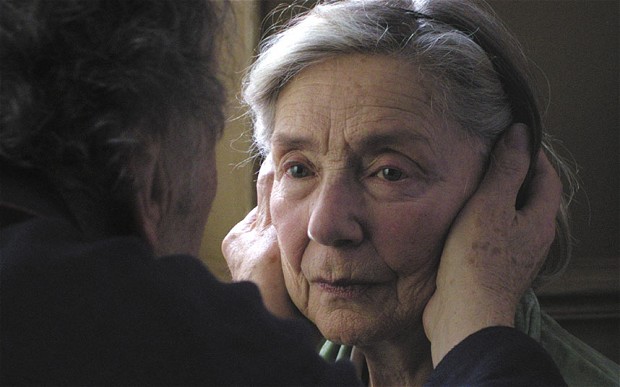
The winner of the highest spot on this list is “Amour,” Michael Haneke’s equally beautiful and cruel tale of sickness, death and, of course, love.
Known for his hard to watch and uncompromising movies, Haneke writes and directs the heartrending story of Anne (Emmanuelle Riva) and George (Jean-Louis Trintignant), an elderly couple of retired musicians who have spent almost a lifetime together, and must come to terms with a sudden stroke that, after a failed surgery, ends up paralysing Anne on the right side of her body. George starts looking after Anne day and night, but becomes increasingly more and more stressed and tired after she tries to commit suicide to avoid him any more trouble.
Finally, after months of loving endurance, George finds himself unable to see Anne in such a state, and suffocates her with a pillow after one of her crises. He then proceeds to honor his wife with some broken flowers he just bought and cut, sealing the room in which her corpse remains with tape and, after writing a long letter, follows Anne to his death.
Pain, pride, love, humiliation and ultimately grief all play an important role in “Amour,” making it one of the most emotionally intense and moving movies of all time, and definitely the most demanding of this century.
While some may find it hard to relate with the characters put on screen because of their old age, anyone can connect with Isabelle Huppert’s character, a daughter living abroad who finds herself trapped in a situation that cannot be solved or ignored in any way, but with the inevitable death of her mother, leaving one unable to help the ones she loved the most, while watching powerlessly in discomfort the enduring fatigue and sorrow of a father left without a self and shattered by circumstances.